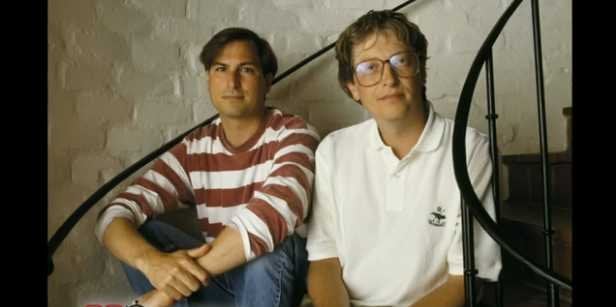That is a very common question at smartphone launches today. The kind of glass protecting a display – and even a phone’s back now – has become an important part of the spec sheet. And the most popular class of glass (rhyming intended) in that category is Corning with its brand, Gorilla Glass. But how did Corning getting into the classy glassy business?
Well, as in so many smartphone matters, we can blame this one on that one device. Yep, the iPhone! Everyone remembers Steve Jobs’ epic presentation, introducing the first iPhone at Macworld on 9 January 2007 (you can read more about it here). But what not too many people remember is the fact that the iPhone that Jobs showed off on stage was different from the one that finally hit the market in June that year. The iPhone that Jobs had in his hand on stage in January had a plastic display like most devices did in those days. But the one that went on sale almost six months later had a glass display. So what caused this change? Well, there is a story there. Evidently, Jobs realized that a plastic display would simply not be good enough for the iPhone. In fact, a day after his presentation, he met Jeff Williams, (now Apple’s COO) and pointed out that the display had picked up scratches and smudges even while it was in his pocket. The solution? “We need glass,” Jobs is believed to have said. Williams told Jobs that glass that was durable enough would not be available for another few years. Jobs then did what Steve Jobs is known for. He told Williams that the phone needed to have a glass display when it shipped in June. “I don’t know how we’re going to do it but when it ships in June it’s going to be glass,” he is believed to have said. Of course, that was not the end of the matter. A few days later, Williams got a phone call. It was from Wendell Weeks, the CEO of Corning, a company known for making tough, high-quality glass, most notably Chemcor as part of the Project Muscle initiative in the 1960s (the glass used for racing cars and for the aviation and pharmaceutical industries). Jobs had called up Weeks and had been typically tactful and diplomatic. “Your boss called and said my glass sucks,” Weeks told Williams. Many companies would have taken offense at that. But hey, this was Corning (and that was Steve Jobs, admittedly). The teams at Apple and Corning are believed to have swung into action and utilized a lot of research and development material that had not used. Of course, with the launch coming ever closer, things got really frantic, especially given Apple’s demand for glass that was thin yet tough. But when the day arrived, the press release announcing the launch of the iPhone had a sentence from Steve Jobs that not too many noticed: “We’ve also upgraded iPhone’s entire top surface from plastic to optical-quality glass for superior scratch resistance and clarity.” Jobs did not name the glass or the company in the press release. But the industry knew and marveled at the glass that was a mere 1.5 mm thick and yet was more resistant to scratches than plastic. As the touchscreen and smartphone revolutions got underway, the demand for Corning’s glass grew. By 2010, 20 percent of the phones all over the world used Corning’s glass. It also got a name – Gorilla Glass. Today, Gorilla Glass is considered to be a must-have for even entry-level smartphones. And people even argue about its different versions and which one is better. Corning is busy working on the next level of tough yet slim glass. And it all began thirteen years ago when one CEO called another and said those three magic words: “Your glass sucks!”







